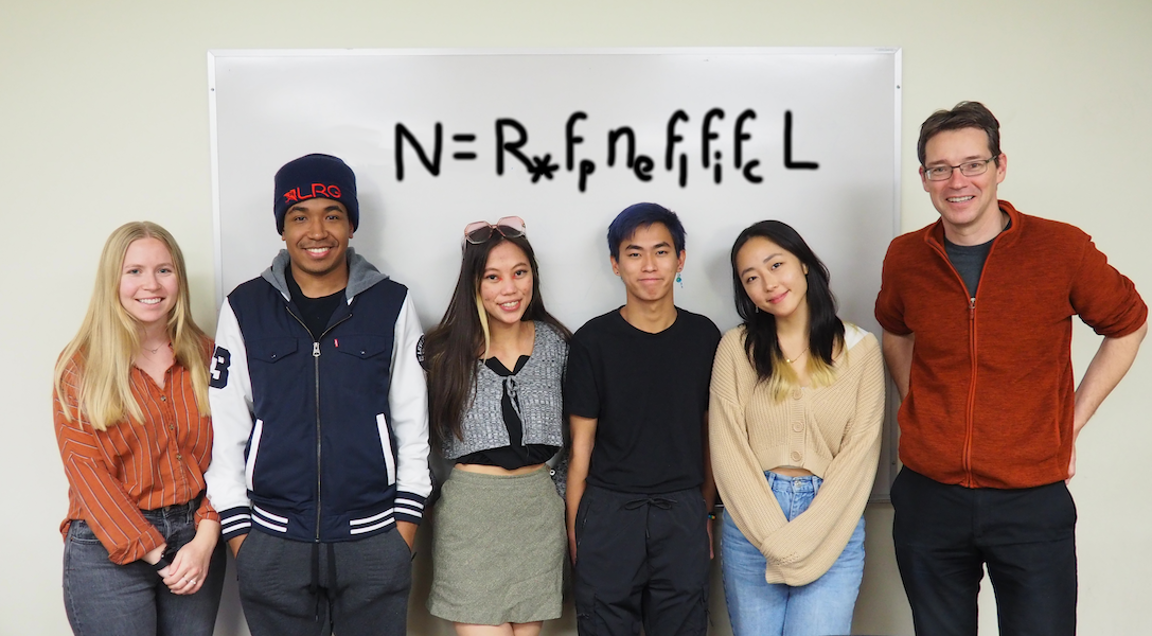Are we Alone in the Universe?
This project uses the largest fully steerable radio telescope on Earth to search for evidence of civilizations in the galaxy.
You can help identify the most promising signals in the data. Learn how to identify the common classes of radio frequency interference (RFI) to weed out the noise and find the signals that might indicate extraterrestrial intelligence. Your classifications will also be used to develop artificial intelligence tools to accelerate the search.
project task
Examining data
division
Astrophysics
where
Online
launched
2023
What you’ll do
- Learn to recognize common patterns in radio frequency emissions that correspond to known sources--the rest might be aliens!
- Identify the most promising signals in SETI data for further investigation.
- You might be the one to find the first evidence of alien intelligence!
Requirements
- Time: 2-4 minutes to complete online training.
- Equipment: Internet connected device
- Knowledge: None. An in-project tutorial is provided.
Get started!
- Visit our project website.
- Watch the brief tutorial to learn how to use the reference materials and identify the data patterns.
- Examine and classify images of radio signals.
Learn More
All natural objects emit radio waves. Radio telescopes are designed to detect these radio waves or signals. Scientists have been studying radio signals for decades and know the patterns natural and human-made radio waves can take. University of Southern California’s Search for Extraterrestrial Intelligence, or SETI operates a radio telescope that observes thousands of stars in the sky and makes 5 million signal detections per hour. Automated data processing can discard 99.5% of these as human-made. Scientists need your help in classifying the remaining signals to identify the most promising - namely, the ones most likely to have been produced by alien technology. Read much more about the search for extraterrestrial intelligence on the project’s About page.
Get to know the people of Are we Alone in the Universe!

For more, see our blog post: https://seti.ucla.edu/wp/2023/02/16/introducing-the-science-and-communications-team/





























